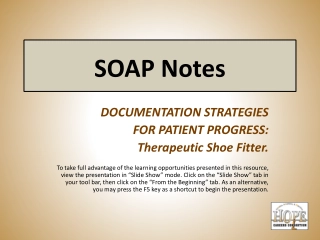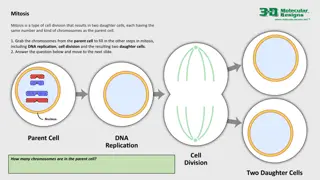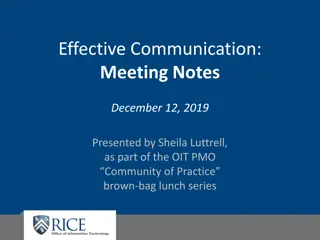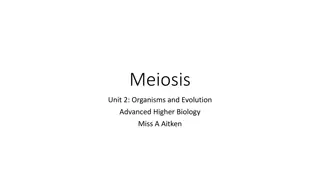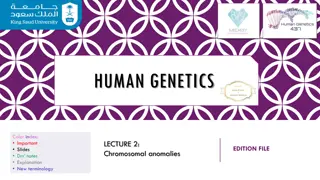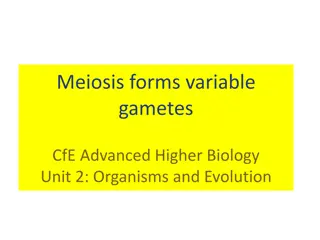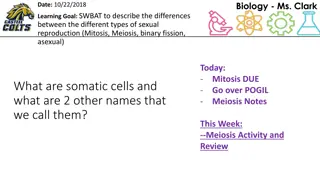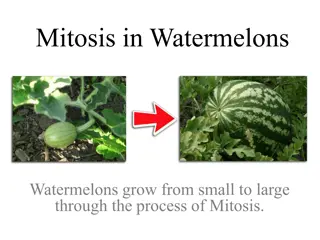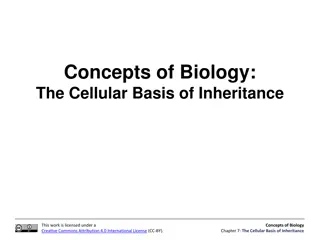MEIOSIS NOTES
This resource explores the differences between asexual and sexual reproduction, highlighting the advantages and disadvantages of each method. It also delves into the processes of meiosis and mitosis, emphasizing their roles in producing genetic diversity and ensuring proper chromosome distribution in gametes.
Download Presentation

Please find below an Image/Link to download the presentation.
The content on the website is provided AS IS for your information and personal use only. It may not be sold, licensed, or shared on other websites without obtaining consent from the author.If you encounter any issues during the download, it is possible that the publisher has removed the file from their server.
You are allowed to download the files provided on this website for personal or commercial use, subject to the condition that they are used lawfully. All files are the property of their respective owners.
The content on the website is provided AS IS for your information and personal use only. It may not be sold, licensed, or shared on other websites without obtaining consent from the author.
E N D
Presentation Transcript
Asexual Reproduction form of duplication using only mitosis. Advantages: produces only genetically identical offspring called clones it is rapid, allowing for quick spread of an organism Produces twice as many offspring Disadvantages: Doesn t allow for variation from one generation to another Based on amount of food available Examples: plant cuttings, Amoeba, bacteria,
Sexual Reproduction Form of reproduction where a new individual is created by fusing two haploid cells (fertilization) Zygote cell created when sperm and egg unite contains two sets of chromosomes Advantage: Allows for genetic variation Offspring look different than parents Disadvantage: slower reproduction rate less reliable more time/energy Ex. Humans, animals
ASEXUAL REPRODUCTION SEXUAL REPRODUCTION What is it? Advantages? Disadvantages?
Differences between meiosis and mitosis? (Picture shows meiosis)
What does meiosis do? 1) Meiosis takes a cell with two copies of every chromosome (diploid) and makes cells with a single copy of every chromosome (haploid). This is a good idea if you re going to combine two cells to make a new organism. This trick is accomplished by halving chromosome number. In meiosis, one diploid cells produces four haploid cells.
Meiosis is necessary to halve the number of chromosomes going into the sex cells Why halve the chromosomes in gametes? At fertilization the male and female sex cells will provide of the chromosomes each so the offspring has genes from both parents
What else meiosis does 2) Meiosis scrambles the specific forms of each gene that each sex cell (egg or sperm) receives. This makes for a lot of genetic diversity. This trick is accomplished through independent assortment and crossing-over. Genetic diversity is important for the evolution of populations and species.
Meiosis converts a diploid cell into a haploid gamete. Before meiosis, cell goes through Interphase, duplicating its chromosomes The result is two genetically identical sister chromatids which remain attached at their centromeres (different than mitosis)
Meiosis I Prophase I : chromatid pairs pair up with their homologous pair, forming a tetrad (two chromosomes on four chromatids)
Meiosis I Prophase I : chromatid pairs pair up with their homologous pair, forming a tetrad. Crossing over - pieces of two homologous chromosomes, switch places and end up on the other chromosome allows for genetic diversity (called genetic recombination)
Meiosis I Metaphase I : Tetrads line up along the center. Independent assortment homologous chromosomes line up randomly Anaphase I : tetrads split and move in opposite directions. Telophase I/Cytokinesis: Two cells form. End product of Meiosis I is two haploid (n) cells.
Meiosis II Prophase II : chromatid pairs move toward the center Metaphase II : The chromatid pairs line up along the center of the cell. Anaphase II : The chromatid pairs split moving the individual chromosomes toward the opposite poles. Telophase II/Cytokinesis : Each of the two cells splits. All are haploid
The haploid cells may develop into gametes. In most male animals, all four cells develop into sperm. In females, one develops into an ootid (egg cell), and three into polar bodies.
Fertilization When the gametes combine (sperm + egg), fertilization occurs. This restores the human chromosome number back to 46. Remember prior to this event each sperm had 23, and the egg had 23. The product is called a zygote. Why is fertilization important? To join to gametes which starts a new life.







